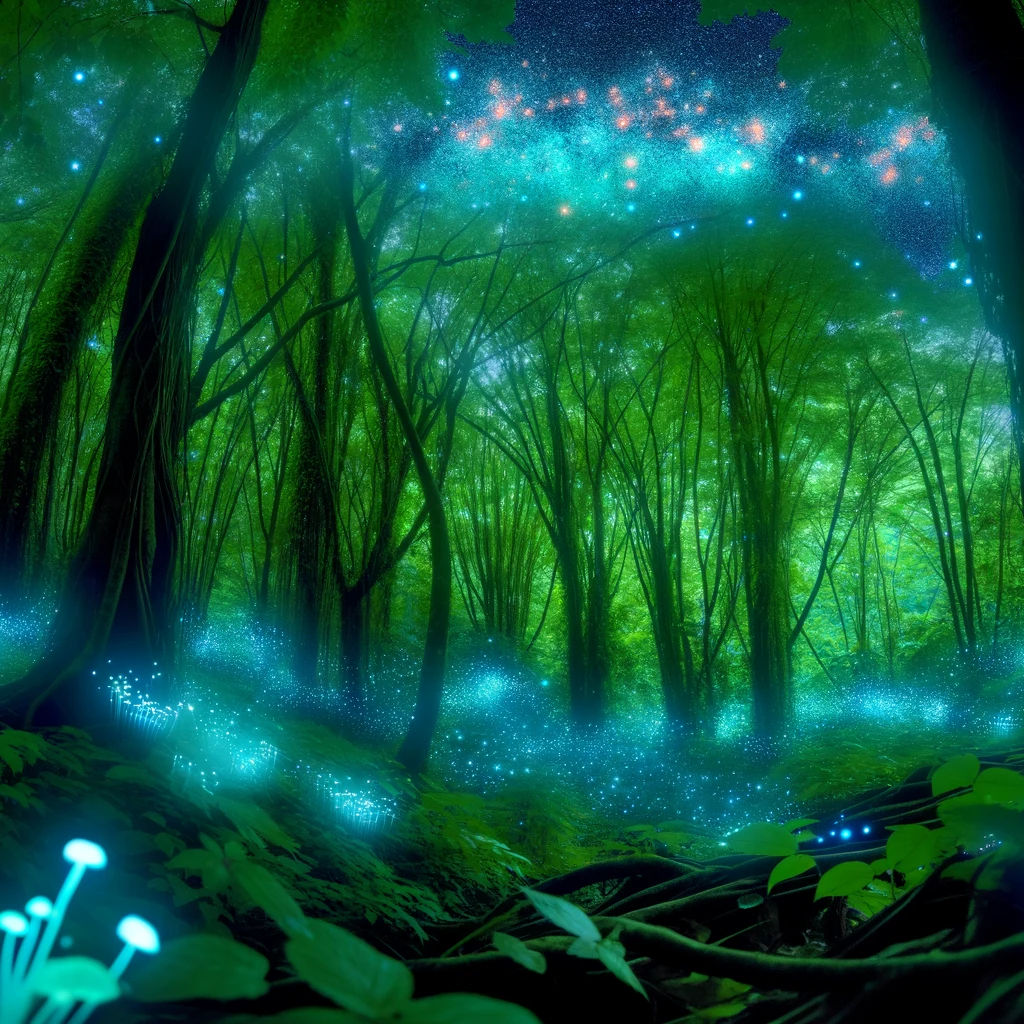
The Wonders of Bioluminescence: Nature’s Own Light Show
Bioluminescence is one of nature's most captivating phenomena, offering a dazzling display of natural light that has intrigued scientists and captivated audiences worldwide. From the glowing oceans to the luminous forests, these natural light shows are not only a visual spectacle but also play crucial roles in the ecosystems they inhabit.
What is Bioluminescence?
Bioluminescence is the production and emission of light by living organisms. This fascinating process is typically facilitated by the interaction of a light-emitting molecule called luciferin and an enzyme called luciferase. When these two substances react in the presence of oxygen, they produce light.
The Science Behind the Glow
The bioluminescent reaction is a perfect example of nature's efficiency. Unlike most artificial lights, which waste a significant amount of energy as heat, bioluminescent light is produced with minimal heat, making it a 'cold light.' This efficiency allows organisms to use bioluminescence without harming themselves from excessive heat.
Bioluminescent Organisms
Bioluminescence is found across a broad range of organisms, from tiny bacteria to large marine animals. Here are some notable examples:
- Marine Life: The ocean is home to the majority of bioluminescent species, including jellyfish, plankton, and certain species of fish. These organisms use light for various purposes, such as attracting mates, deterring predators, and luring prey.
- Fireflies: Perhaps the most well-known land-based bioluminescent creatures, fireflies use their glow to attract mates during their mating rituals.
- Fungi: Some fungi, like the ghost fungus and the jack-o'-lantern mushroom, emit a faint glow in dark forest environments, which is believed to attract insects that help in spore dispersal.
The Ecological Significance of Bioluminescence
Bioluminescence is more than just a beautiful display. It plays vital ecological roles, such as:
- Predator Avoidance: Some organisms use bioluminescence to startle predators or to camouflage themselves in the light-speckled ocean environment.
- Communication: Many species use light to communicate with each other, whether it be for mating purposes or signaling danger.
- Prey Attraction: Predators like the anglerfish use bioluminescent lures to attract unsuspecting prey.
The Human Fascination with Bioluminescence
Humans have long been fascinated by bioluminescence, leading to numerous scientific studies and artistic inspirations. This natural light has been used in various applications, from eco-friendly lighting solutions to biomedical research, where it helps in tracking cellular processes.
Conservation and Bioluminescence
Conserving bioluminescent habitats is crucial as they are often sensitive to environmental changes. Pollution, climate change, and habitat destruction threaten these delicate ecosystems. Conservation efforts are essential to protect the biodiversity that relies on bioluminescence.
In conclusion, bioluminescence is a remarkable natural phenomenon that not only beautifies our planet but also plays essential roles in the survival strategies of various organisms. As we continue to explore and understand this phenomenon, it is crucial to protect and preserve the environments where these magical light shows occur.
Related Articles





